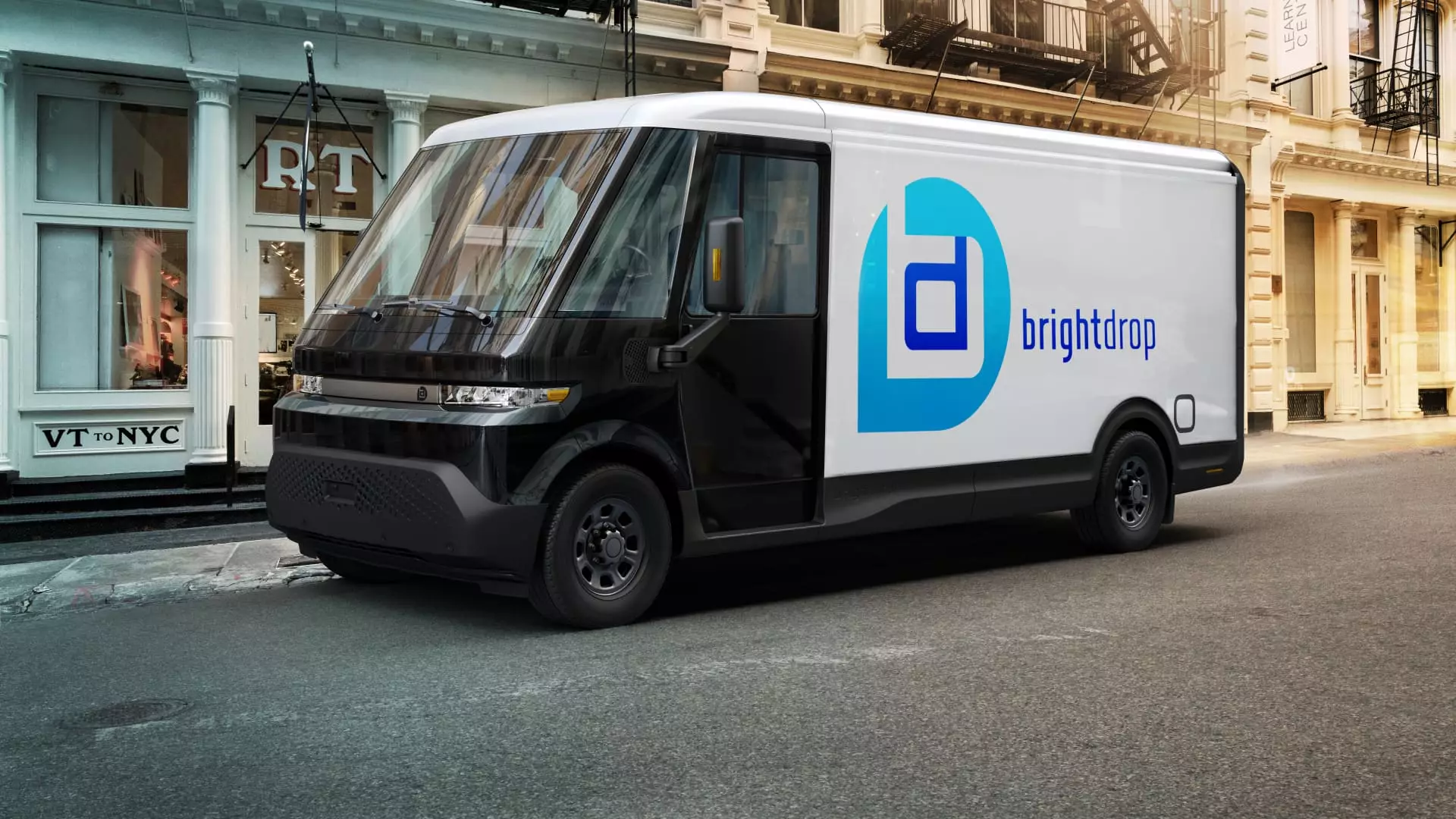The recent announcement from General Motors (GM) to slash production of its BrightDrop delivery vans at the CAMI assembly plant in Ontario, Canada, has sent shockwaves through the automotive and local communities alike. This decision, resulting in the elimination of 500 jobs and an extensive 20-week shutdown, is a stark reminder of the volatile nature of the electric vehicle (EV) market. With GM’s initial aspirations for BrightDrop to become a multimillion-dollar enterprise now seemingly within grasp of failure, the consequences of this downturn not only affect the company but also resonate through families and communities reliant on these jobs. This situation exemplifies the broader ramifications of corporate decisions driven by market demand that can suddenly flip the script on communities that have invested overwhelming hope and resources into green technologies.
Corporate Accountability and Worker Welfare
Lana Payne, president of Unifor union, did not hold back in her criticism, labeling GM’s actions as a “crushing blow” to working families and emphasizing corporate responsibility. It’s easy to shift blame during turbulent economic times; however, we must not overlook the role that leadership plays in managing both expectations and resources. GM’s ramp-up of the BrightDrop venture perhaps reflected more ambition than prudent strategy. The sudden slump in sales, with a mere 2,000 units sold despite high projections, calls into question the company’s forecasting mechanisms. Such miscalculations invite scrutiny not only from government bodies but from the public, demanding accountability from a corporation that has transformed its landscape with promises of innovation and job security.
The Policy Landscape and Its Consequences
Further complicating the scenario is the historical context of tariffs and trade policies that have marred the auto industry’s ability to adapt swiftly. The blame-finger directed at President Trump’s policies by Payne, while politically charged, cannot be ignored. By cultivating an environment that disincentivizes domestic production and fair market access, these policies have inadvertently contributed to GM’s current predicament. The reality is that the auto industry’s future lies in its ability to innovate in tandem with supportive economic structures. Without these systems in place, the potential for growth remains stunted; sacrifices become inevitable, with workers bearing the brunt of corporate miscalculations.
Rethinking EV Strategies Amidst Industry Turmoil
The fate of BrightDrop now hinges on GM’s ability to navigate these choppy waters and pivot towards a more sustainable business model. Are electric delivery vans an essential component of the future, or are they another casualty of a market that hasn’t fully embraced electric technology? As other automakers may very well be reconsidering their own investments in EVs, it could signal a broader need for reevaluation in strategy rather than a quick pivot to drastic measures like layoffs. For companies eager to join the electric race, learning from GM’s misfires could be paramount; creating effective pathways toward consumer demand and regulatory support can be far more fruitful than aggressively pushing products into an unpredictable market.
The trajectory of GM’s BrightDrop may ultimately serve as a cautionary tale—not just about the fragility of electric vehicle ventures but also about the interconnectedness of economic policies, corporate accountability, and the lives they influence. Each decision reverberates through communities and industries, teaching a stark lesson about the perils of ambitious yet ungrounded enterprise strategies.

